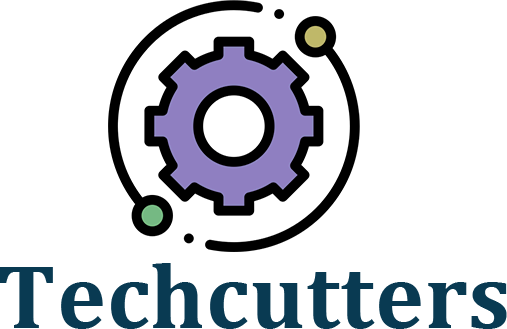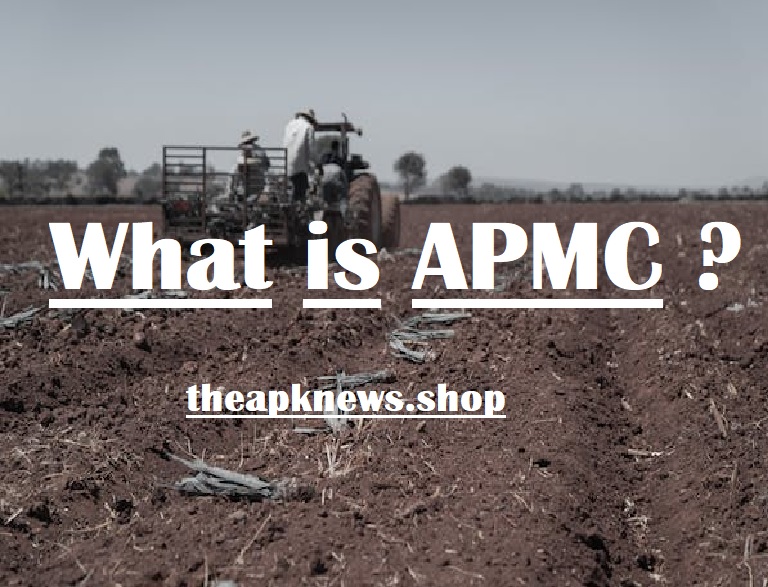Getting a handle on Blockchain Mining: The Underpinning of Computerized cash Associations

Blockchain mining is a fundamental cycle that ensures the security, straightforwardness, and decentralized nature of blockchain networks. By examining the intricacies of blockchain mining, we can all the more promptly understand its basic work in staying aware of the decency of cryptographic types of cash and other blockchain applications.
What is Blockchain Mining?
Blockchain mining is the most widely recognized approach to adding new blocks to a blockchain. This incorporates settling complex mathematical enigmas, endorsing trades, and getting the association. Diggers, who are individuals in the association, use their computational capacity to fight in tending to these questions. The essential digger to settle the conundrum is repaid with computerized cash, close-by trade costs, and the new block is added to the blockchain.
Key Pieces of Blockchain Mining
1. Decentralization
Blockchain networks work on a decentralized system, meaning no single substance controls the association. Each part (center point) has comparable permission to the data and can participate in the mining framework, ensuring a fair and secure system.
2. Cryptographic Questions
Backhoes address cryptographic enigmas that are expected to be computationally serious. These conundrums incorporate finding a specific worth (nonce) that, when gotten together with the block’s data, conveys a hash meeting explicit measures. This collaboration is known as Affirmation of Work (PoW).
3. Understanding Part
Blockchain networks use understanding frameworks to support trades and stay aware of the dependability of the blockchain. The most notable instrument is Proof of Work, where earthmovers battle to settle puzzles, yet various parts like Proof of Stake (PoS) and Assigned Proof of Stake (DPoS) are also used.
The Blockchain Mining Connection
1. Trade Gathering
Trades made on the blockchain network are accumulated into a block. Each block contains a summary of trades, a timestamp, and a reference to the past block.
2. Tending to the Enigma
Diggers use their computational capacity to address the cryptographic conundrum. This incorporates finding a nonce that, when hashed with the block’s data, conveys a hash that meets the association’s difficulty level (e.g., a specific number of driving zeros).
3. Endorsement and Arrangement
At the point when a tractor finds a response, it is imparted to the association. Various tractors really take a look at the game plan, and expecting it is correct, the block is added to the blockchain. The earthmover is then remunerated with cryptographic cash and trade costs.
4. Block Development
The as-of-late supported block is added to the current blockchain, making a perpetual and steady record, things being what they are.
Meaning of Blockchain Mining
Blockchain digging is fundamental considering numerous variables:
1. Security
Mining ensures the security of the blockchain by making it computationally expensive to change past trades. An assailant would need to command over a portion of the association’s computational capacity to actually change the blockchain, which is outstandingly counter-intuitive and costly.
2. Decentralization
Mining maintains the decentralized thought of blockchain networks. Allowing anyone with crucial computational resources to share, ensures that no single substance has some command over the association, keeping a fair and direct system.
3. Trade Check
Diggers accept a basic part in affirming and endorsing trades. This ensures that all trades on the blockchain are bona fide and that twofold spending is hindered.
Challenges in Blockchain Mining
No matter what its importance, blockchain mining faces a couple of troubles:
1. High Energy Use
Mining requires enormous computational power, inciting high energy usage. This has raised stresses over the biological impact of blockchain mining, particularly for computerized monetary standards like Bitcoin.
2. Centralization Peril
The tremendous costs related to mining have provoked the combination of mining power in enormous mining pools. This center can address a bet on the association’s security and decentralization.
3. Flexibility Issues
As extra trades are added to the blockchain, the association can fight to deal with a tremendous number of trades quickly. This can incite flexibility issues, impacting the association’s capability and comfort.
Destiny of Blockchain Mining
The future of blockchain mining is progressing, with new headways highlighted watching out for current challenges and further creating viability:
1. Affirmation of Stake (PoS)
PoS is an elective understanding framework that diminishes energy usage by anticipating that individuals should hold a particular proportion of computerized cash to endorse trades. This shift can generally cut down the normal impact of mining.
2. Layer 2 Game plans
Layer 2 game plans, for instance, the Lightning Association for Bitcoin, mean to additionally foster adaptability by dealing with trades off-chain and settling them on-chain later. This reduces the store on the head blockchain and speeds up.
3. Green Mining
Tries are being made to make mining even more innocuous to the biological system. This consolidates using practical power focal points for mining exercises and developing more energy-capable mining gear.
End
Blockchain mining advancement is the underpinning of blockchain networks, ensuring security, decentralization, and trade checks. Despite its challenges, constant advancements are set to work on the efficiency and practicality of mining. As blockchain advancement continues to be created, mining will remain a fundamental part, of supporting the uprightness and steadfastness of blockchain networks.





